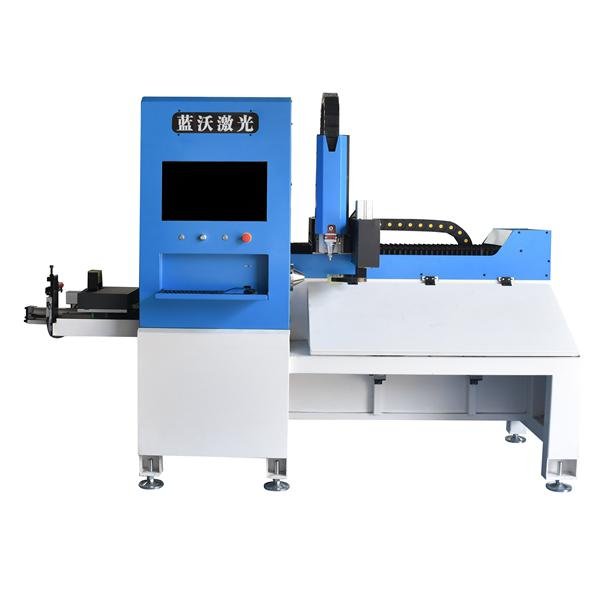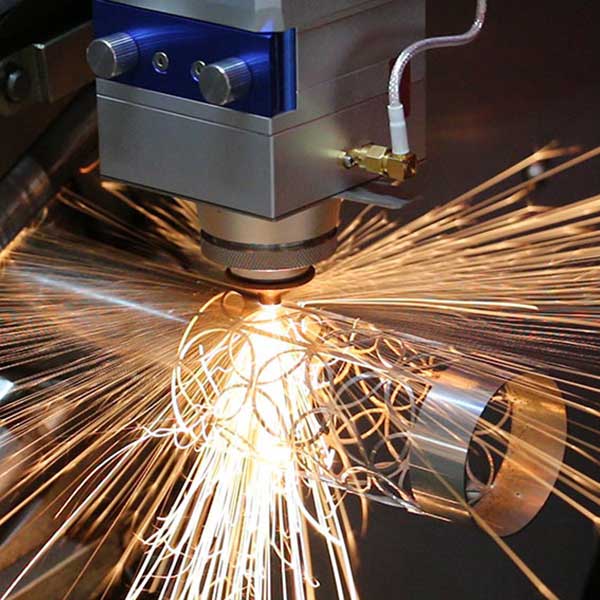Table of Contents
ToggleLaser welding tools introduction:
Laser welding has become a pivotal technology in the manufacturing and industrial landscape, offering unparalleled versatility and customization. This process has evolved to accommodate a wide range of applications, including high-power welding for thicker materials and specialized tasks, as well as the integration of monitoring features for quality control. Looking ahead, the future of laser welding holds immense potential, with emerging applications such as fiber lasers, additive manufacturing, and high-speed welding poised to revolutionize the industry.
Laser welding uses a concentrated beam of light to join metals, creating a precise and efficient bond. Unlike traditional methods that use heat from an open flame or electric arc, laser welding minimizes heat-affected zones and enables finer control over the welding process.
2. Material Compatibility:
Laser welding is capable of joining both similar and dissimilar materials, such as metals, plastics, and ceramics, due to its precise and versatile nature. This capability opens up opportunities for creating complex and innovative designs across various industries.
3. Micro Welding:
Laser welding’s ability to create small, precise welds makes it ideal for microelectronic and medical applications, as well as various other industries. This precision is crucial for working with delicate components and achieving high-quality results in specialized manufacturing processes.
4. Non-Contact and Minimal Heat Welding:
Laser welding’s non-contact application minimizes heat distortion and surrounding area melting, making it an ideal choice for precision welding and minimizing damage to the workpiece.
5. Consistent Quality:
Laser welding ensures consistent, high-quality welds by leveraging automation and computer-controlled precision, leading to reliable and uniform results across various welding applications.
6. Maintenance and Efficiency:
Laser welding’s minimal maintenance requirements compared to traditional welding methods contribute to improved overall productivity and efficiency, making it a cost-effective and reliable choice for various manufacturing processes.
7. Versatility and Customization:
Laser welding tools can be customized to meet specific industry needs, offering a wide range of applications across various industries, thanks to their adaptability and versatility.
8. High Power Applications:
High-power laser welding is ideal for welding thicker materials and handling specialized applications, such as welding metals with high reflectivity, due to its ability to provide the necessary energy and penetration for these tasks.
9. Weld Monitoring and Control:
Laser welding tools are equipped with monitoring features, including real-time weld monitoring and quality checks, to ensure consistent quality and performance, providing enhanced control over the welding process.
Conclusion:
As we venture into the future, the trajectory of laser welding appears promising, driven by advancements in technology and innovative applications. The incorporation of fiber lasers, additive manufacturing, and high-speed welding signifies a new era of efficiency and precision. With its adaptability and potential for customization, laser welding is poised to continue playing a pivotal role across diverse industries, shaping the landscape of manufacturing and production.
Laser welding tools can be customized through parameters such as power, speed, and beam shape to meet the specific requirements of different industries.
High-power laser welding is ideal for thicker materials and specialized tasks, including welding metals with high reflectivity.
Laser welding tools provide real-time weld monitoring and quality checks to maintain consistent quality and performance.
Fiber lasers are emerging as a key technology, offering enhanced efficiency and precision in laser welding applications.
Additive manufacturing leverages laser welding for tasks such as material deposition, enabling intricate and precise fabrication.
High-speed welding enhances productivity and throughput, making it suitable for various industrial applications.
Yes, laser welding is capable of effectively handling materials with high reflectivity, thanks to its high-power capabilities and precise control.
Quality control features in laser welding tools ensure consistent weld quality and performance, meeting stringent industry standards.
The future of laser welding, driven by emerging applications and technological advancements, is poised to revolutionize manufacturing and industrial processes, enhancing efficiency and precision.


